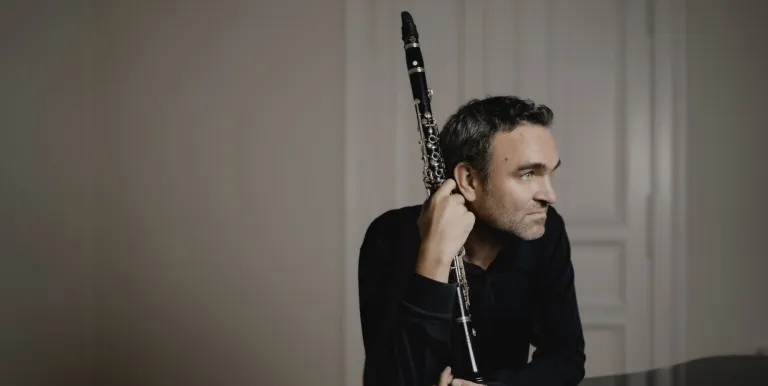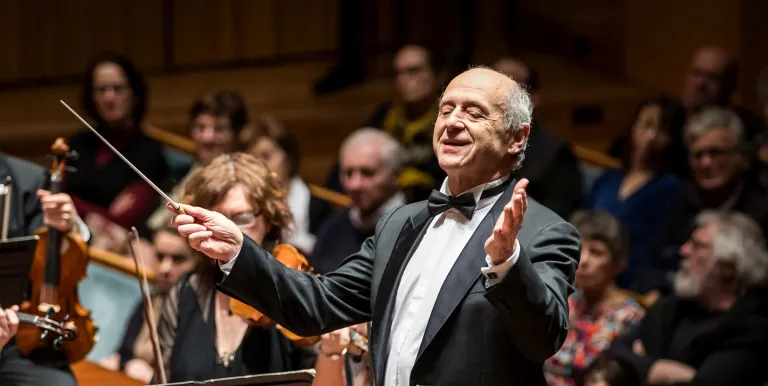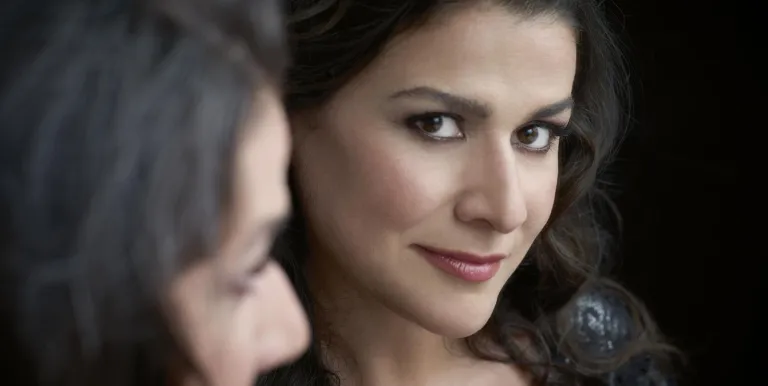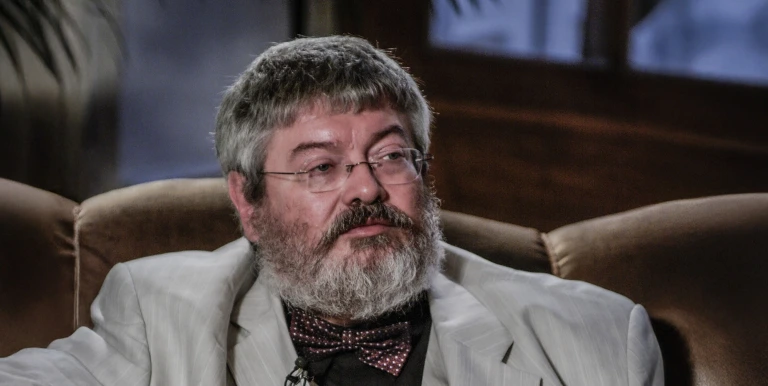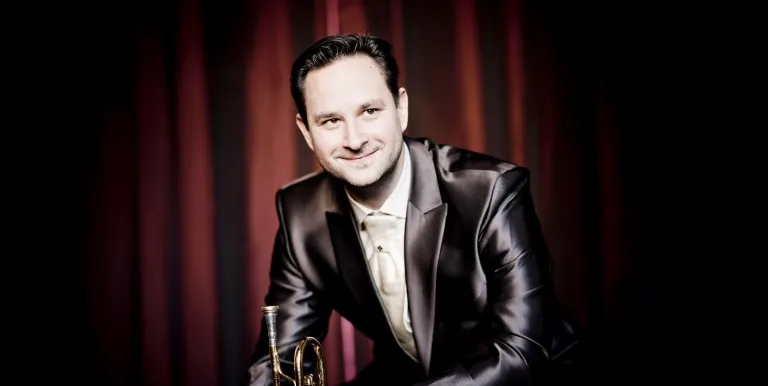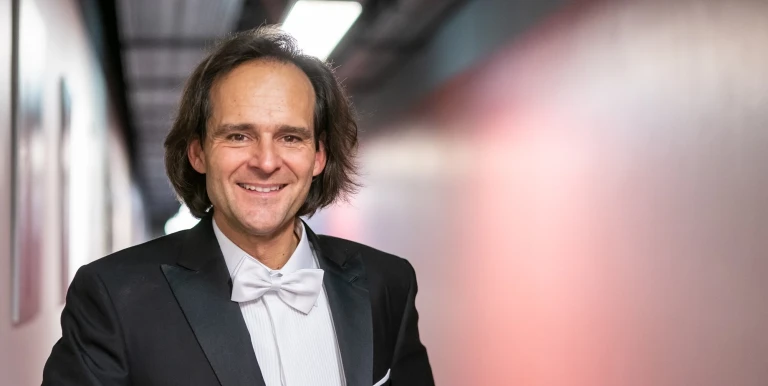Conductor:
Featuring:
Liszt
Legend No. 2 (in E major) (Saint Francis of Paola Walking on the Waves) - orchestral version
Liszt
Totentanz
Liszt
Hungarian Rhapsody No. 2
We're broadcasting this performance live!
In spite of the fact that the current extraordinary situation prevents us all from meeting at Müpa Budapest in person, we would still like to make the coming days nicer and more uplifting. This is why we are going to transmit our live performance, without an audience, on our website and YouTube channel.
We look forward to welcoming you to the event, through your screen!
The performance will be broadcasted on our website and YouTube channel.
Franz Liszt was a multifaceted individual, and his oeuvre accordingly includes many different types of works. The closing concert of Müpa Budapest and the Budapest Festival Orchestra's Liszt-Berlioz Marathon juxtaposes three works and three separate worlds: the first depicts a religious legend, the second evokes a medieval death cult, and the third was conceived in the spirit of the fashion of 19th-century salon pieces inspired by folk-like art songs.
Religious piano works represent a separate chapter in Liszt's magically rich piano output and are not liturgical in nature but are connected to the world of faith through their tone and themes. An extremely beautiful example of these pieces Two Legends, one of which treats an episode from the life of Saint Francis of Assisi and the other one from that of Saint Francis of Paola. The chief feature of Saint Francis of Paola Walking on the Waves, being performed this time in an orchestral version, is its hymnic loftiness.
Although the Totentanz, composed for piano and orchestra between 1838 and 1859, paraphrases the melody of the Gregorian Dies irae, it is not really so much religious in theme as it is an echo of a medieval death cult expressing the shock of departing this world. Inspired by a fresco at Pisa's Canto Santo, it awes audiences with both its virtuosity and its grimness.
Of the virtuosic piano series of Hungarian rhapsodies composed based on folk-like art songs, one of the most scintillating is the second one. As with the Legend No. 2, it will be heard here as transcribed for orchestra, recalling how one of the key elements of 19th century thinking was the popularisation of musical works through transcriptions.
Founded in 1983, the Budapest Festival Orchestra brought a new standard of excellence to the Hungarian orchestral world, and under the artistic direction of Iván Fischer it has developed into one of the finest ensembles in the world.
Presented by: Budapest Festival Orchestra, Müpa Budapest


